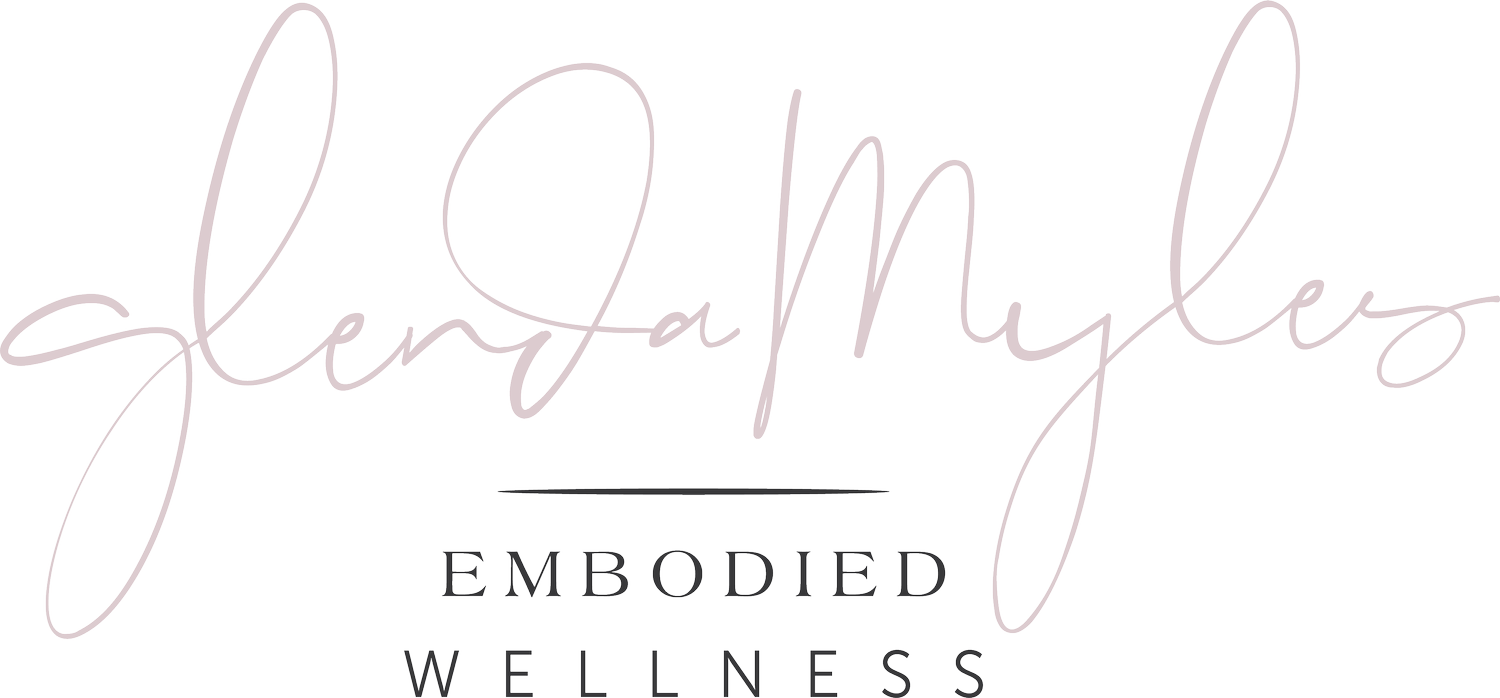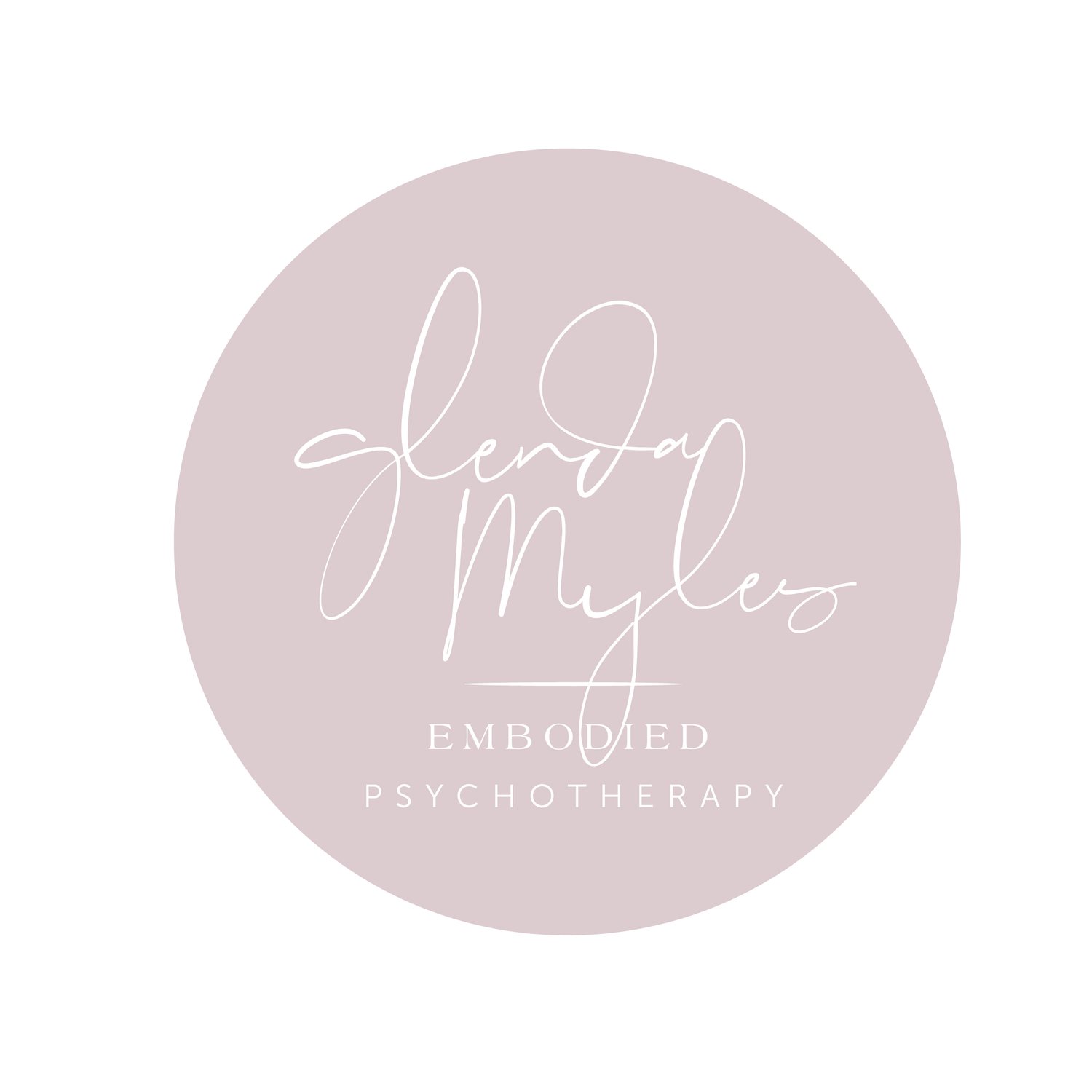The Role of Movement in Processing Emotions
Have you ever noticed how a walk can clear your mind after an argument, or how dancing can lift your spirits when you're feeling down? This isn't coincidence—it's the profound connection between movement and emotional processing at work.
Understanding the Movement-Emotion Connection
The Body-Emotion Link
Our emotions aren't just mental experiences—they're deeply physical:
Anxiety creates muscle tension
Sadness affects posture
Joy lightens movement
Anger increases energy
Fear triggers protective patterns
How Movement Supports Emotional Processing
1. Release of Stored Emotions
Physical signs of stored emotions:
Shoulder tension
Tight jaw
Restricted breathing
Held posture
Limited movement
Movement helps by:
Releasing muscle tension
Opening breath patterns
Shifting energy
Creating flow
Allowing expression
2. Nervous System Regulation
Movement supports regulation through:
Rhythm development
Pattern interruption
Energy discharge
Sensory engagement
Ground connection
Types of Movement for Emotional Processing
1. Gentle Movement
Benefits:
Creates safety
Builds awareness
Allows exploration
Supports regulation
Develops presence
Examples:
Slow walking
Gentle stretching
Mindful yoga
Tai chi
Qigong
2. Expressive Movement
Benefits:
Releases emotion
Allows expression
Builds creativity
Supports processing
Creates freedom
Examples:
Free dance
Gesture work
Art movement
Voice and movement
Authentic movement
3. Grounding Movement
Benefits:
Creates stability
Builds safety
Supports presence
Develops roots
Enhances comfort
Examples:
Standing practices
Walking meditation
Earth connection
Weight sensing
Boundary work
Movement Practices for Different Emotions
For Anxiety
Symptoms:
Rapid breathing
Muscle tension
Racing thoughts
Restricted movement
Nervous energy
Supportive Movements:
Slow walking
Gentle stretching
Rhythmic movement
Ground connection
Breath coordination
For Sadness
Symptoms:
Limited energy
Collapsed posture
Restricted breath
Heaviness
Withdrawal
Supportive Movements:
Gentle opening
Heart lifting
Supported movement
Social connection
Nature walking
For Anger
Symptoms:
Held tension
Increased energy
Protective patterns
Restricted breath
Strong impulses
Supportive Movements:
Rhythmic activity
Power movement
Boundary work
Energy release
Strong expression
Creating a Movement Practice
1. Daily Check-In
Start with:
Body scan
Emotion awareness
Movement needs
Energy assessment
Intention setting
2. Movement Exploration
Choose movements that:
Feel appropriate
Match energy
Support needs
Allow expression
Create safety
3. Integration
After moving:
Notice changes
Track sensations
Record insights
Plan support
Consider needs
Guidelines for Safe Emotional Processing
1. Create Safety
Choose private space
Set clear boundaries
Honor comfort levels
Move at your pace
Trust your instincts
2. Start Small
Begin gently
Build gradually
Notice limits
Rest when needed
Celebrate progress
3. Seek Support
Work with professionals
Join movement classes
Find community
Share experiences
Ask questions
Our Approach to Movement and Emotions
At Glenda Myles Embodied Wellness, we offer:
Individual sessions
Group classes
Workshop series
Integration support
Ongoing guidance
Program Components
Assessment
Movement patterns
Emotional patterns
Safety needs
Support requirements
Goals exploration
Skill Building
Body awareness
Movement vocabulary
Emotional literacy
Integration tools
Support practices
Integration Support
Regular check-ins
Practice adjustment
Progress tracking
Challenge support
Growth celebration
Common Questions and Concerns
"I'm not good at movement"
Remember:
All movement counts
Start where you are
Honor your body
Move naturally
Trust your wisdom
"What if emotions feel overwhelming?"
Guidelines:
Start slowly
Create safety
Set boundaries
Seek support
Honor limits
"How do I know what movement is right?"
Listen to:
Body signals
Emotional needs
Energy levels
Comfort zones
Inner wisdom
Getting Started
First Steps
Notice current patterns
Explore gentle movement
Track responses
Build gradually
Seek support
Creating Sustainability
Regular practice
Consistent check-ins
Professional guidance
Community support
Ongoing learning
Your Movement Journey
Remember:
Every movement matters
Progress takes time
Support is available
Your path is unique
Trust your process
Ready to explore how movement can support your emotional wellbeing? Contact us to learn more about our integrated approach to movement and emotional processing.
Your journey to emotional freedom through movement begins with a single conscious step.

